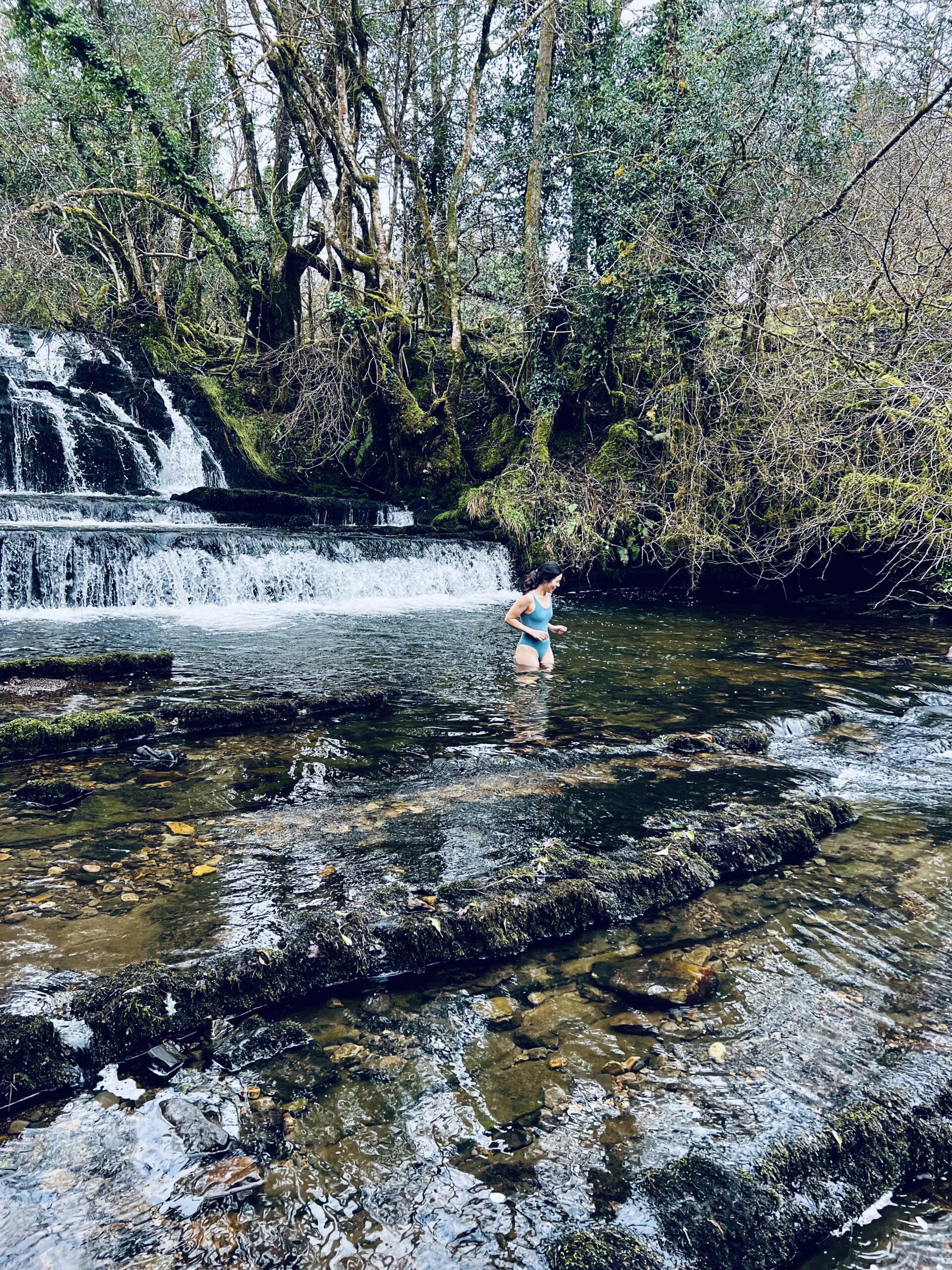Hormesis and Health: Can Getting Uncomfortable Really Make You Stronger?
There’s a growing corner of the wellness world that’s all about “leaning into discomfort.”
Cold plunges, sauna sessions, fasting windows, walking barefoot on frosty grass at sunrise…
Depending on who you follow online, you might be wondering:
Is this genuinely good for us? Or just another trend wrapped in wellness jargon?
The good news is that there is science behind it. But, as always, the devil’s in the dose. Let’s explore what these practices are really doing in the body, and whether they’re worth your time (and goosebumps).
Welcome to the concept of hormesis and health.
What Is Hormesis (and Why Should You Care)?
Hormesis is a scientific term describing how small doses of stress can actually make us stronger.
It’s the same principle that explains why lifting weights makes you stronger, or why brief bouts of cold or heat can boost your resilience. In the right amounts, temporary, manageable stress nudges the body to adapt, repair, and grow more robust over time.
When it comes to hormesis and health, we’re talking about mild, ancestral stressors—like cold, heat, hunger, or movement—that our bodies evolved to respond to.
These aren’t extreme biohacking techniques. They’re ancient practices.
The Science of “Getting Uncomfortable”
Let’s break down a few examples:
❄️ Cold Exposure
E.g. cold showers, cold plunges, or simply splashing your face with icy water.
Short bursts of cold stimulate:
- Mitochondrial function (your body’s way of producing energy)
- Brown fat activation (which burns energy to produce heat)
- A dopamine release that can lift mood and sharpen focus
- Improved circulation and immune response
Importantly, we’re talking seconds to minutes of exposure—enough to feel it, not freeze yourself.
🔥 Heat Exposure
E.g. infrared saunas or hot baths.
Just like cold, heat is a hormetic stressor that:
- Increases heat shock proteins (which help repair damaged cells)
- Boosts circulation
- Enhances cardiovascular health
- Supports detoxification through sweating
And let’s be honest—many of us are more chronically cold than hot these days, especially in northern climates. A bit of heat can be deeply restorative.
🥣 Fasting and Time-Restricted Eating
Skipping breakfast every day is not for everyone, and something I don’t usually recommend in my clinic. But gentle fasting windows (like 12–14 hours overnight) may support:
- Cellular cleanup (autophagy)
- Improved insulin sensitivity, which helps prevent pre-diabetes, type 2 diabetes and heart disease
- Reduced inflammation – inflammation is at the core of every chronic illness in humans
- Better metabolic flexibility – for better weight management and overall health
Again, we’re not talking extremes, but more like how our ancestors ate: less often, and not constantly grazing.
👣 Going Barefoot (Especially Outdoors)
Modern life insulates us from the earth—literally.
Walking barefoot, especially on natural surfaces like grass or sand, may:
- Help with proprioception (the body’s ability to sense its position in space) and balance
- Stimulate nerves and circulation
- Support nervous system regulation through grounding (or earthing—still debated, but but some research shows the benefits through reduced inflammation, improved sleep, and shifts in cortisol levels when the body has direct contact with the earth, like walking barefoot on grass or sand).
It’s also a lovely, free mindfulness practice.
Hormesis Only Works When You’re Not Already Maxed Out
Here’s the bit most people skip over:
Hormetic stress is only beneficial if your body has the capacity to recover.
If you’re burnt out, inflamed, or chronically sleep-deprived, piling on more “stress for the sake of resilience” can backfire.
Your nervous system needs moments of rest, repair, and nourishment—not just stoic suffering or daily ice baths.
So, instead of thinking about “toughening up,” think of hormesis as a gentle training tool for your mitochondria, metabolism, and mind. Not a punishment or a badge of honour, but another way to reconnect with how your body evolved to function.
How to Use Hormesis for Health—Without Going to Extremes
If you’re curious about trying some of these practices, here’s a grounded place to start:
- Begin with short, doable versions (e.g. 30 seconds of cold water at the end of a warm shower)
- Choose the type of stressor that feels least overwhelming (heat, movement, cold, or time-restricted eating)
- Combine it with adequate recovery (sleep, nourishment, daylight, rest)
- Check in: Do you feel energised or depleted afterwards? Your body knows.
And if you’re already under a lot of pressure—mentally or physically—be kind to yourself. The goal isn’t to do more. It’s to support your natural resilience, one small signal at a time.
Why This Isn’t Just a Trend
It’s easy to roll our eyes at topless influencers preaching about “discipline” from an ice tub. But the deeper truth is that many of us are now overfed, under-moved, chronically safe yet deeply stressed.
We’re insulated, both physically and metaphorically.
Ancestral stressors remind our body of its capacity to adapt, repair, and thrive. They bring us back into rhythm with nature, help recalibrate our nervous system, and can support hormonal balance, energy, and metabolic health.
Done gently, and with self-awareness, they can be powerful tools for modern resilience.
Ready to Try?
You don’t need to overhaul your life. Just pick one simple thing:
- A warm-to-cold shower.
- A barefoot walk in the garden.
- A slightly longer overnight fast.
See how it feels and observe the shifts.
Want support building a rhythm that works for your real life—not an influencer’s highlight reel?
This is what we do at Resync Wellness. Helping you restore energy, hormonal balance, and resilience—through calm, science-rooted strategies.
📩 Reach out if you’d like to explore working together 1:1.
Follow me on Instagram
If you don’t already, come and follow me on Instagram (@resync_wellness), where I share regular short content and some of what I get up to in my daily life:

